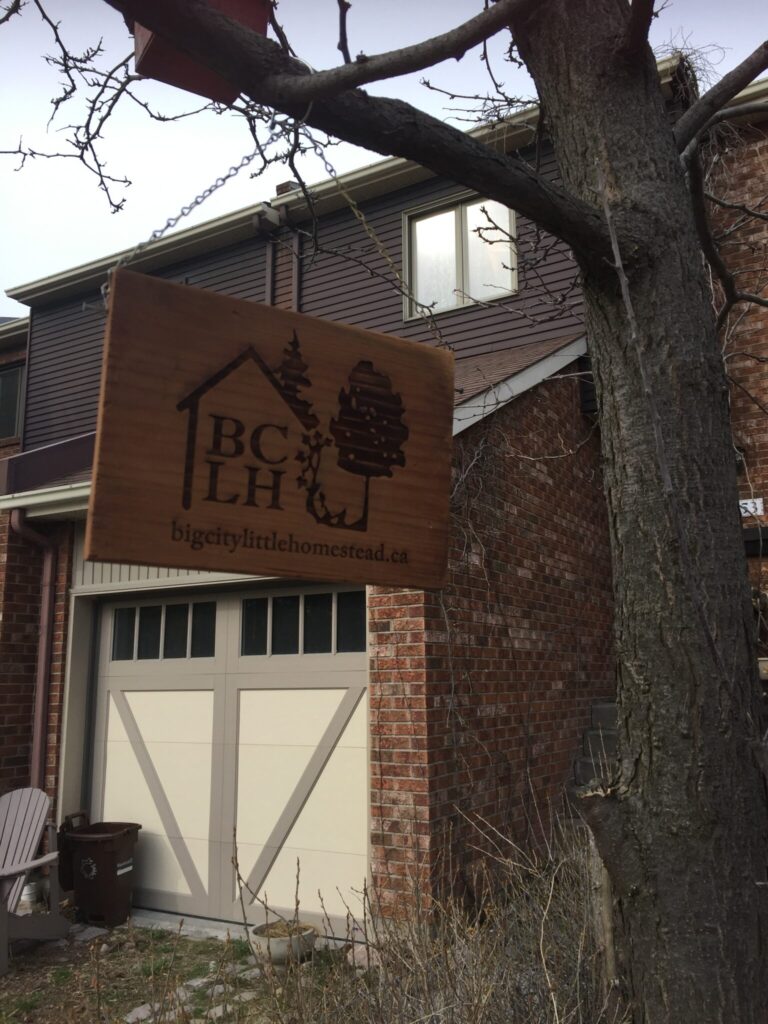You can find many examples of bird houses online, and here I found a decent pattern for a “one board” bird house (seen in the first image below). I had off-cuts of a bunch of old fence boards that I wanted to use, and the measurements worked.
This project shows you how to build a bird house in about 45 minutes (with all the tools), but just like with pancakes, my first version is less than perfect. You’ll learn what to watch out for when starting out with perfectly good-but-used materials. If you have a slightly more meticulous approach, you will end up with a prettier result.
What you’ll need:
- a brad nail gun or a hammer
- finishing nails to put it together and nail sink (a bigger, stronger nail will do)
- two round, smooth nails (not spiral) or else two short deck screws for the door hinge (deck screws are weather-resistant)
- another deck screw to close the front (between nesting seasons, it’s your job to clean the birdhouse out – also an interesting and informative project!), and the Robertson driver for it
- a drill with a bit for the deck screws, and a spade bit ranging from 1-⅛” to 1-½,” depending on the bird you want to attract,
- two spiral nails to fix the birdhouse to the top of a post,
- and a post, either a round fence post or a 4×4 deck post
- either implanted into the ground, held to /as part of a fence by some support, or anchored in a cement deck block with a wood shim.
Use the chart from this post’s header image (found on the Internet Wayback Machine archive from TrueValue Hardware) to determine the sizes you’ll need depending on species of bird. The box size, the height of the door hole and the diameter of the door influences what kind of bird might take up residence.
You can also buy Bird House Portal Protectors to prevent other animals from pecking or excavating the door; they indicate the diameter of aperture by naming each size after a bird (wren, chickadee, nuthatch, Eastern Bluebird; I chose ‘nuthatch’ for the birdhouses I dedicated to the house sparrows).
The birdhouse I’m making today could, if I lived in a more meadowed neighbourhood, house bluebirds. Instead, I’m looking forward to welcoming a pair of chickadees and also some house sparrows, who already live here.
Continue reading Like this:
Like Loading...









